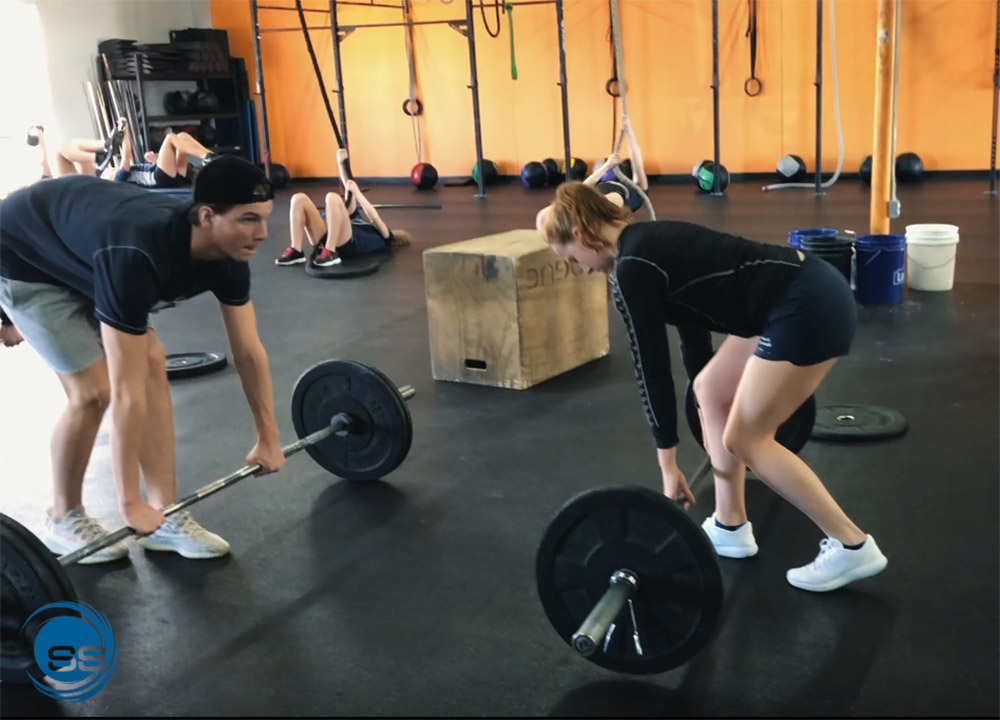A Professional Trainer’s View on Dryland Workouts

A Professional Trainer’s View on Dryland Workouts
Swimming may be a water sport, but working out on land is still an essential part of any swimmer’s training. When doing dryland training, it’s important that swimmers are focusing on the right aspects of strength and conditioning. According to a study published in the Journal of Human Sport and Exercise, “the beneficial effects (of dryland training) are controversial in specialized literature” and many coaches disagree on what should be focused on in dryland training. I talked to certified strength training specialist and dryland coach John Davis. He thinks swimmers and coaches are often focusing on the wrong things during dryland training.
Davis said that his main focuses in designing dryland for swimmers fall into three key categories. He first focuses on overall strength, power and explosiveness. He also emphasizes shoulder and upper-back strength, especially for injury prevention. His last focus is developing core strength and endurance. Davis’ overall goal when designing dryland programs for swimmers is enhancing, not mimicking, what swimmers do in the water. He also emphasized the importance of using dryland training to decrease the likelihood of swimmers becoming injured.
“Strength training helps build what we call in the strength and conditioning world ‘body armor,’” Davis said. “Basically building the ability for you to withstand the stress your sport is placing upon you … and allowing you to recover faster so that you can increase your overall work capacity.”
Davis thinks that the biggest mistake that dryland coaches make is trying to mimic swimming too closely.
“Many trainers and coaches have fallen victim to this trend of ‘sport specific exercises,’” Davis said. “The way any athlete gets better at their sport is by practicing it. What we can do as strength coaches is influence various positions the swimmers are going to be in.”
One example of this approach that Davis provided would be using a split-position jump to increase power for diving off of the blocks. According to Davis, exercises like this increase overall strength and power in order to enhance performance in a race.
Another misconception that Davis sees often in swimmers is a misunderstanding of the importance of strength training. Davis said that many swimmers see strength training as boring or unnecessary and choose to focus more on their endurance instead of strength.
“One of the biggest mistakes dryland swimmers make is focusing too much on endurance,” Davis said. “They believe that doing high volume repetition workouts will enhance their ability to tolerate longer swims, which couldn’t be further from the truth.”
Davis thinks that swimmers should be focusing mainly on speed, power and strength when doing dryland training. He also discussed the importance of putting athletes through an assessment before training. This analysis helps identify weak areas like lack of speed, endurance or overall power. After assessing, Davis comes up with a training plan that will best suit the athlete’s needs.
“By increasing overall athleticism outside the pool and coupling that with a well designed swim conditioning program inside the pool, swimmers can raise their capabilities,”




Ask them if the same dryland program should be used for someone swimming the 50 as someone who swims the 1500?